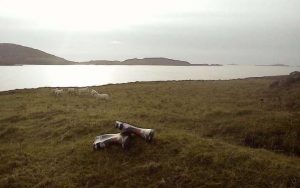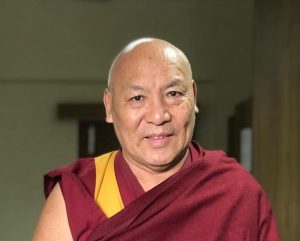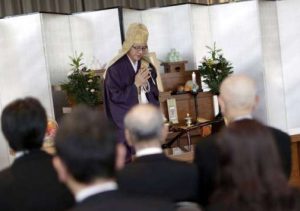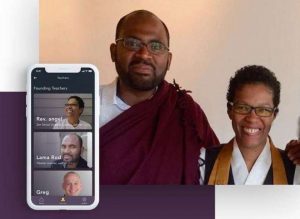Ani Zamba Chozom was one of the first Westerners to be ordained as a Buddhist nun. Born in England in 1948, a serious illness as a teenager aroused in her a strong desire to benefit others. In search of answers to her confusion about life, in the 1960s she traveled overland to India, and has since practiced in many different countries and traditions. Today she lives mainly in Brazil, where her practical teachings, rooted in the simplicity of Dzogchen, are proving an inspiration to Buddhists and non-Buddhists alike. On a recent visit to Hong Kong, Frances McDonald interviewed her about her fascinating life, which will be published here on Buddhistdoor in eight weekly parts.*
FM: How long did you spend in Korea?
AZ: I was there for seven years. But soon after I arrived Kusan Sunim passed away, so then there was no reason for me to stay at Songgwangsa monastery—it became like an empty shell. There was no real lineage holder who I had any confidence in, nobody I could talk to. Something happened—when the master went, that vital energy also went. My Korean wasn’t good enough to go and live at any of the other temples unless there was a translator, so though I went around and lived in different hermitages, I didn’t really have the ability to ask the kind of questions I would have liked to ask. But I’d had the teachings that I needed at that time.
FM: So what did you do?
AZ: I went into quite a long period of semi-retreat, living in a hermitage on an island between Korea and Japan. I was doing mostly Dzogchen practice. At the time I didn’t see much difference between Seon [Zen] and Dzogchen, but now I realize the approach is different. The starting point with Dzogchen is really “pointing out instructions.” Until you have confidence in your own nature, even a glimpse, no more doubts, you can’t utilize the path because the path is that recognition. That’s what self-liberates everything that appears as if it’s something solid. The language we use is different in Dzogchen practice. Every other approach would be considered a causal path except for Dzogchen, which is a resultant path. That means that you use the result, which is the View [of things as they are], as the path. You can’t understand that unless you’ve been introduced to your own nature. You can’t even know how it works. Seon is very much about being present—I think that’s very much the philosophy and discipline. We don’t have that kind of discipline in the Tibetan tradition.
FM: What’s the use of the discipline?
AZ: It’s incredibly freeing because you don’t think about which way you’re going to do something. You just do it, and you’re present when you’re doing it. Whether it’s putting on your robes or washing your clothes, there’s an exact way that it has to be done. In the beginning it’s very hard to live like that because you always have that feeling, “I don’t want to do it this way. Why is this right? I don’t know if I agree with that.” All that mental gossip that doesn’t allow you to be present. You know, “form is emptiness, emptiness is form”—that’s very much emphasized in Zen. The form has to be a certain way. The way you dress, the way you sit, the way you eat. It looks beautiful if everybody does it the same way. No questions. So then you’re free, instead of “Shall I do it this way? That’s right, that’s wrong . . .” You can then just be present in whatever it is that is happening.
FM: And after Korea?
AZ: From Korea I moved to the Philippines, where I was really involved in social work. I was on my way to Africa. I felt that I had a karmic connection with Africa from the past. I didn’t know what it was, but I thought that if I went to Africa maybe I would learn something that I had to do. It was so strong, ever since I was a child. But I have never really spent much time there— earlier, in 1967, I spent a year in North Africa and I have made a few visits to Capetown, but I’ve never really lived there. The Philippines was really about putting practice into a work situation. I was working with the lepers, setting up projects for the leper colonies, mostly agriculture and education. During my time in this community I built a boat and was living on it at sea for almost two-and-a-half years, going from island to island in these remote areas. I was living in a kind of semi-retreat situation, either on the boat or on an island, and then sponsoring some projects myself through taking people out diving. I know nuns are not supposed to be doing all this, but never mind! You have to make use of the skills you have, and I had a lot of diving equipment and also a lot of experience in diving. I learned in Thailand, and ended up really loving the world under the sea.
FM: How did you end up in Hong Kong?
AZ: Someone from Hong Kong came out on my boat one day and saw how sick I was getting—again—and invited me to come to Hong Kong to stay with her and get some medical attention. So then I came to Hong Kong—that was around ‘89 or ‘90—but I didn’t stay so long, maybe three months. I then went back to the Philippines, but I saw it was now going to be too difficult for me there. The boat had been severely damaged and I didn’t have any money to repair it, and things just weren’t going so well. I didn’t see the Philippines being very productive any more, so I decided to come back to Hong Kong.
FM: What did you do there?
AZ: When I first arrived I took up residence on Lamma Island and was invited to teach at various universities, but I soon developed spinal problems that required complex surgery. Because of that I spent most of 1994 in hospital, and again in 2006, when all the spinal implants had to be renewed in Taiwan to prevent potential paralysis. For much of my life I have had to work with physical disabilities involving a great deal of pain, but I feel this is very much part of my path and has contributed to my character today—I don’t give up easily when there are challenges to face, especially when I believe that what I’m doing will bring benefit to others in some way.
FM: You lived in Hong Kong for quite a long time.
AZ: Yes. I lived on Lamma for a number of years, and during that time I initiated a community center called “Wisdom Heart.” It didn’t just focus on the Buddhist approach, but was really open to varied approaches to what might be termed “spirituality.” Many people were looking for a path that could make sense of their lives, and so I tried to offer a variety of teachings to the community, inviting masters from various lineages to come and give talks there whenever they could. Today, many of the people who participated in the community center at that time are committed practitioners. Then later I moved to live on Lantau Island, where I found a small hermitage up behind the Big Buddha very near Po Lam Monastery, which focuses on the Chan [Zen] tradition. In that hermitage I embarked on another long solitary retreat until health problems returned, and on advice from my guide for that retreat, Dzongsar Khyentse Rinpoche, I sought medical assistance and unfortunately had to give up.
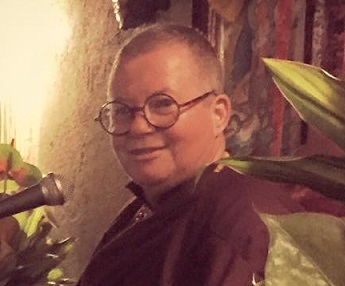
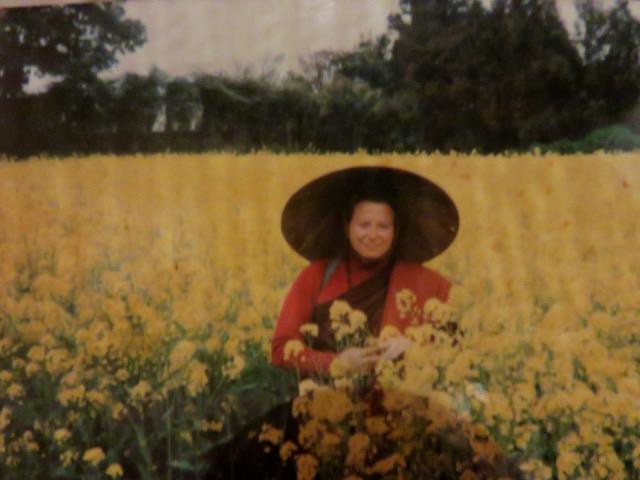

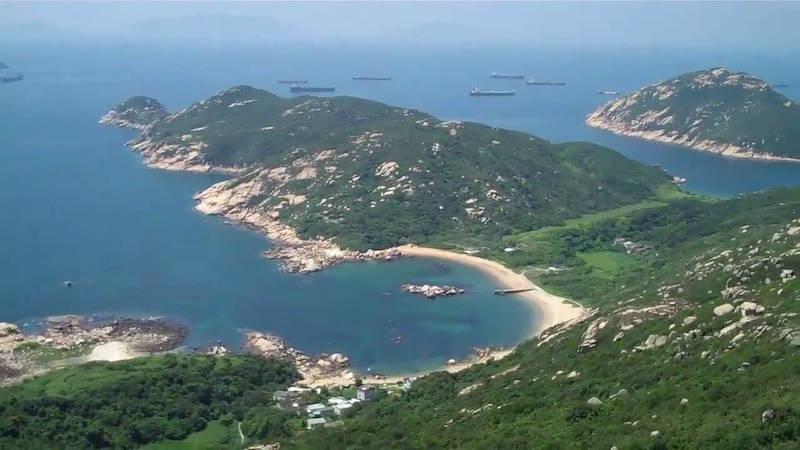
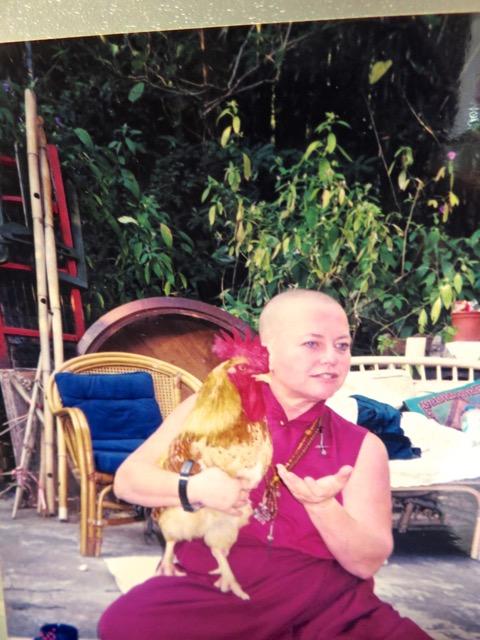
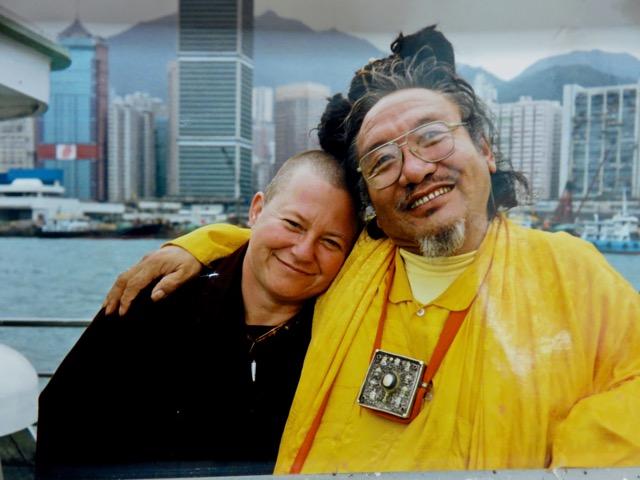
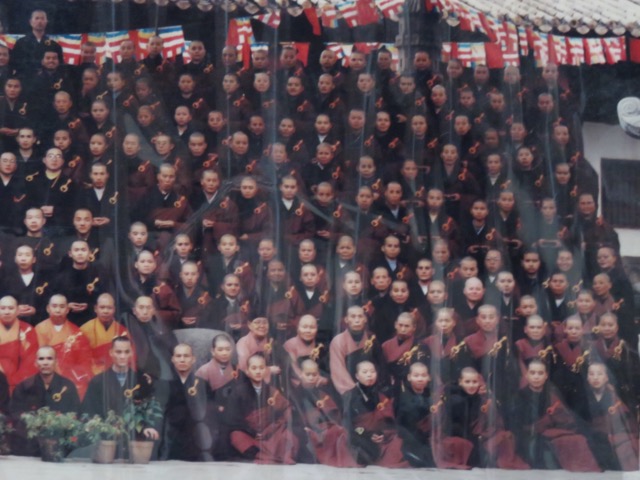
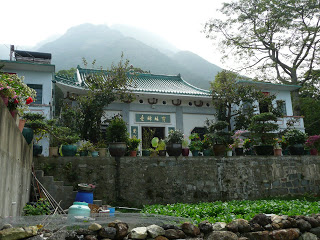
*See: The Life Story of Ani Zamba Chozom: Part One – Journey to India
The Life Story of Ani Zamba Chozom: Part Two – Meeting Lama Yeshe
The Life Story of Ani Zamba Chozom: Part Three – Ordination, First Retreat, and First Teaching
The Life Story of Ani Zamba Chozom: Part Four – Finding the Nyingma Lineage
The Life Story of Ani Zamba Chozom: Part Five – Dzogchen and Meeting Her Teachers
The Life Story of Ani Zamba Chozom: Part Six – Thailand, Burma, and Korea
The Life Story of Ani Zamba Chozom: Part Eight – Brazil




